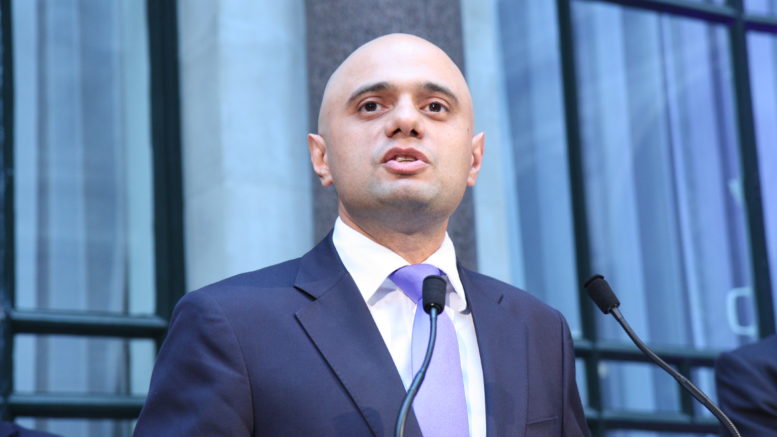The Housing White Paper was finally launched on 6th February, under the ambitious (possibly optimistic?) title of ‘Fixing our Broken Housing Market’. The document is out for consultation until 2nd May 2017.
I wish them well, but somehow I doubt that they can mend the damage caused by 7 years under Messrs. Cameron and Clegg and considerably more under a Labour Government, the latter of whom might be expected to be the architects of a flexible social rented sector.
They failed to put any restraints on Right to Buy, a popular Conservative policy, which at a stroke could have maintained a reasonable supply of housing. However, we are where we are, so let’s look at some parts of the White Paper as they apply to private landlords, to see whether the Communities Secretary, Sajid Javid and the Housing Minister, Gavin Barwell, have come up with a workable plan that will achieve the magic effect, of ‘Fixing the Broken Housing Market’.
There seems to be some good news, in they acknowledge that home-ownership is not for everyone, and certainly not in the way it was perceived in the 60’s, 70’s and 80’s, as the only acceptable home for aspiring and hard-working young professionals and tradespeople. Now most, even with the help of the bank of Mum and Dad, expect to live either in the parental home or in private rented accommodation, for several years – some commentators believing that now, the average age for first time home-ownership is 37.
Perhaps not surprisingly, as it has been floating around for a while, longer tenancies are mooted, Mr. Javid saying in the Commons that a 3-year minimum tenancy would be introduced, though the White Paper itself speaks in more general terms of ensuring ‘more longer-term tenancies are available in private rented schemes’. This will not provide more accommodation, nor improve the position for tenants in many parts of the country, who already know that their landlords will not evict them without just cause and have already lived in their originally 6-month tenancy far in excess of 3 years and can expect to stay there for many years to come.
This could be good news for tenants in London and the South-West, where frequent evictions are known so rents can rise exorbitantly over a very short period of time. Children are unable to settle, communities become unstable. This may have helped address this, but will only apply to new-build properties, not those which are already in the private rented sector. How many of those properties will go to the vulnerable? Probably very few – but will be very welcome, high grade properties for the professionals in the capital.
Though Mr. Javid stated the Government’s determination to ‘make housing more affordable and secure for ordinary working families and have a rental market that offers much more choice’ this will not help those already in the sector in high value areas, where the average couple pay about half their income on rent.
There is a commitment to build more houses (a similar commitment to force owners to let the approximately 200,000 properties that lie empty, would also help with the housing shortage). The Conservative Party Conference pledged a £3bn Home Building Fund, which will provide loans for custom builders, offsite construction and infrastructure.
There will also be time-limits imposed where planning permission has been sought, so development must begin within 2 years, instead of the 3 it currently stands at. This would speed completions and improve communities, blighted by construction sites that appear to last forever without conferring the benefits of increased population.
Although it had been feared that building on Green Belt land would become easier, Mr. Barwell stated that building on the green belt was allowable only in exceptional circumstances. Properties will be built, for the most part, on brown field sites in towns and cities, with higher density than was once thought desirable. Is this how we will house the needy, in properties we would not have accepted 40 years ago?
Are these measures, together with the ban on agents taking fees from prospective tenants, enough to revitalise the private sector? We can only hope, but buy to let schemes, the ISA’s to assist with home ownership, high density areas, will continue and perhaps increase, the desire to leave social housing and climb up the housing ladder.
For advice on buy to let issues – General Knowledge








Be the first to comment on "The Housing White Paper 2017"